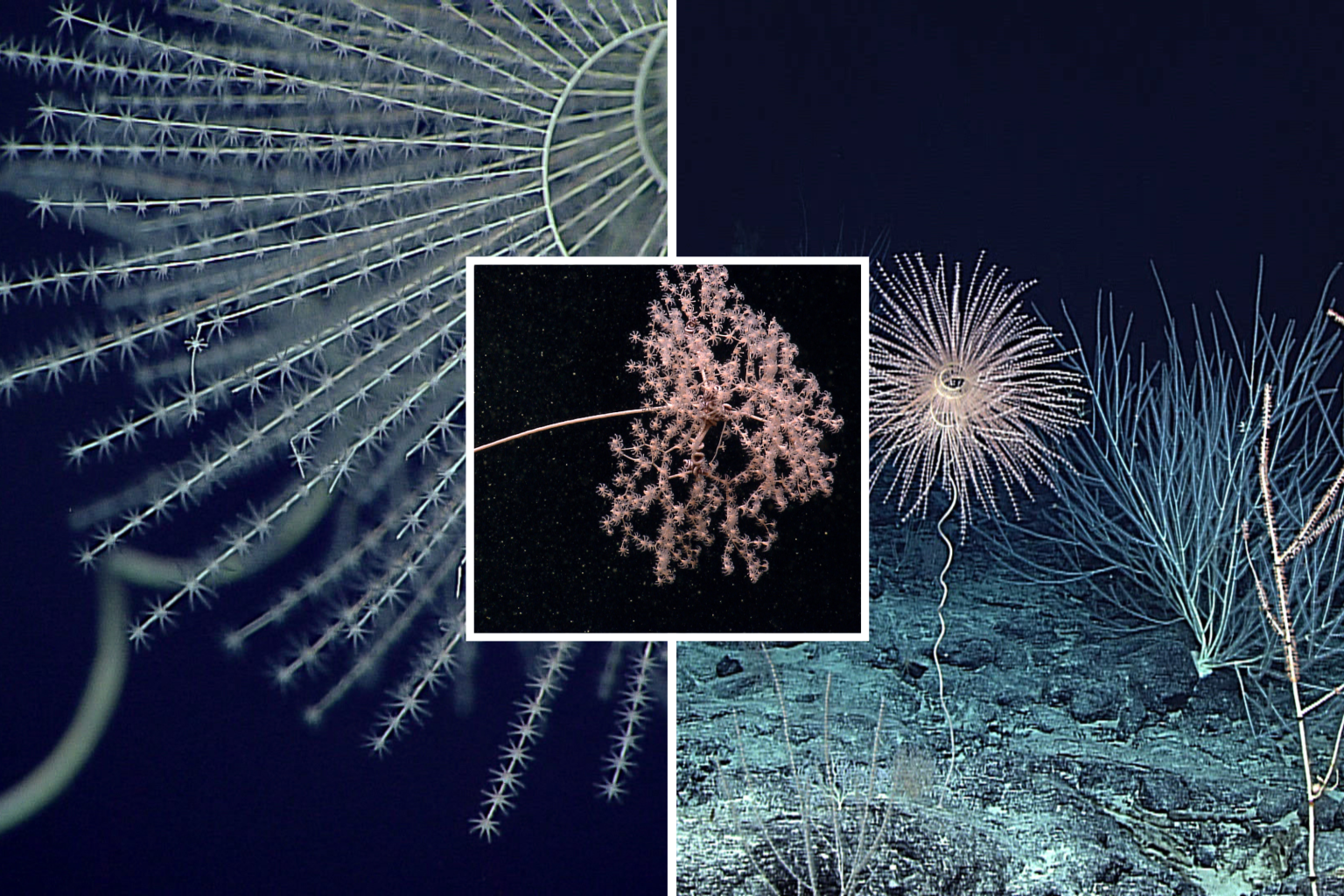A recent study conducted by researchers at the Smithsonian’s National Museum of Natural History has revealed that the phenomenon of bioluminescence first evolved in animals at least 540 million years ago. The study found that the first animals to exhibit bioluminescence were marine invertebrates called octocorals. Bioluminescence refers to the ability of certain marine organisms to produce a glow through a light-producing chemical reaction within their bodies. Scientists previously believed that this trait originated in marine crustaceans called ostracods about 267 million years ago, but the new findings suggest that it is actually a much older trait.
Researchers are uncertain as to why bioluminescence first evolved in animals, but they do know that it can assist them in communication, camouflage, courtship, and hunting. The study of octocorals, which includes soft corals, sea fans, and sea pens, has always been a mystery to scientists as they only glow when disturbed by an external force or bumped in some way. By analyzing the evolutionary history of octocorals, researchers were able to determine that these organisms were bioluminescent 540 million years ago, which was 273 million years before ostracods developed the ability.
The findings of this study could help shed light on why animals evolved with this trait in the first place. The researchers used various statistical methods and fossils to map when octocorals split from other ancestors and adapted their luminous ability. The fact that bioluminescence has been maintained for such a long time suggests that it must have contributed significantly to the fitness of these organisms. The study supports bioluminescence as one of the earliest forms of communication on Earth, hinting at the possibility that interactions involving light occurred during a time when animals were rapidly diversifying and occupying new niches.
Following these findings, scientists are now investigating which octocorals still possess bioluminescence and which do not, as there are over 3,000 species of octocorals. This information will help inform researchers further about the evolutionary trait and why it came to be. The study offers more context into the evolution of these marine organisms and aims to develop a genetic test for bioluminescence based on the major enzyme involved in the reaction, luciferase. This will enable easier and less invasive investigations of bioluminescence in harder-to-access environments like the deep sea.
Overall, the study highlights the importance of bioluminescence as a critical form of communication for many animals across the tree of life, particularly those that occur in the deep sea. The findings provide insight into the mysterious evolutionary trait and offer valuable information for further research into the origins and maintenance of bioluminescence in marine organisms. Scientists are hopeful that these new discoveries will lead to a better understanding of the role of bioluminescence in the evolution of life on Earth.














